Denuded Lens: Roxy Paine creates a life-size airport security checkpoint diorama for a New York show
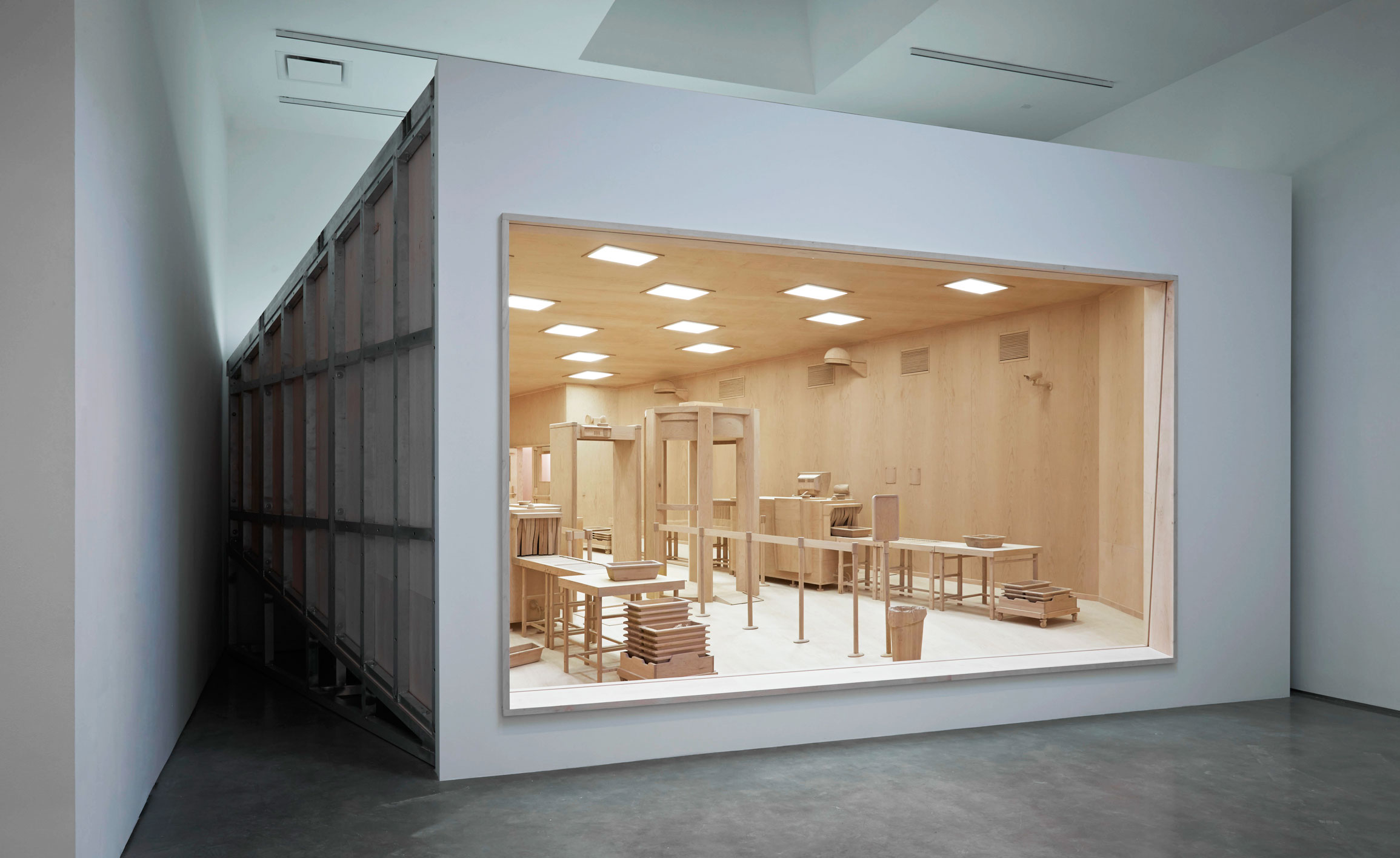
American artist Roxy Paine's exhibition at New York's Marianne Boesky Gallery is inspired by an unlikely muse: an airport security checkpoint.
Shown alongside wooden sculptures of mechanical objects that comment on labour, 'Checkpoint' is a near life size replica of its namesake, which Paine sees as representative of both banality and larger social anxieties. The familiar scene, which has been made entirely of maple wood and supported by an aluminium structure, is rendered in minute detailed.
From the rubber flaps and rollers on the luggage conveyer belts to the ubiquitous office chairs that security personnel lounge on, everything has been created with impeccable verisimilitude. The visible wood grain and the soft, uniform hue add a further layer to the vista, decontextualising it from its mundane reality and allowing viewers to examine a scene that is often scurried through as quickly as possible with a fresh eye.
Airport security is part of Paine's ongoing Diorama series. The Queens-based artist previously immortalised a fast food restaurant counter, 'Carcass', and a control room in birch and maple wood for an exhibition at Chicago's Kavi Gupta gallery last year. On choosing each location, Paine says: 'I think about spaces that exemplify and reflect certain crucial aspects of our current episteme. I'm also interested in the spaces that we exist in, and pass through, but don't really see. A crucial aspect of these pieces is transformation in the alchemical sense; taking an element that is banal or base or worthy of scorn - depending on your perspective - and transmitting it into a meditative reflective moment.'
Far from just being straightforward replicas, Paine's dioramas intentionally blur the boundaries of reality. 'The scenes exist in an uneasy balance between being an idealised shadow and hyper specificity,' he explains. 'They are not based on one specific place, but an amalgamation or conglomeration of places, representative of all, but specifically none.'
While 'Carcass' was pieced together from five years worth of photos taken in numerous fast food restaurants, 'Checkpoint' was developed on computer due to its geometric complexities. In 'Checkpoint', a 70-ft depth of field was compressed into just 17 ft, creating a forced perspective that required its subsequent components to be cut at different compound angles - a technical challenge, to say the least.
Ultimately, it was the qualities of a security checkpoint that appealed to Paine the most. 'My works are translations between two disparate and seemingly incompatible languages. [A checkpoint] is machinery for processing humanity,' he says. 'I was excited to tackle the aspects of expressing, exerting and revealing its power structures and the intricate minutiae of its details and the forms of its functions.'
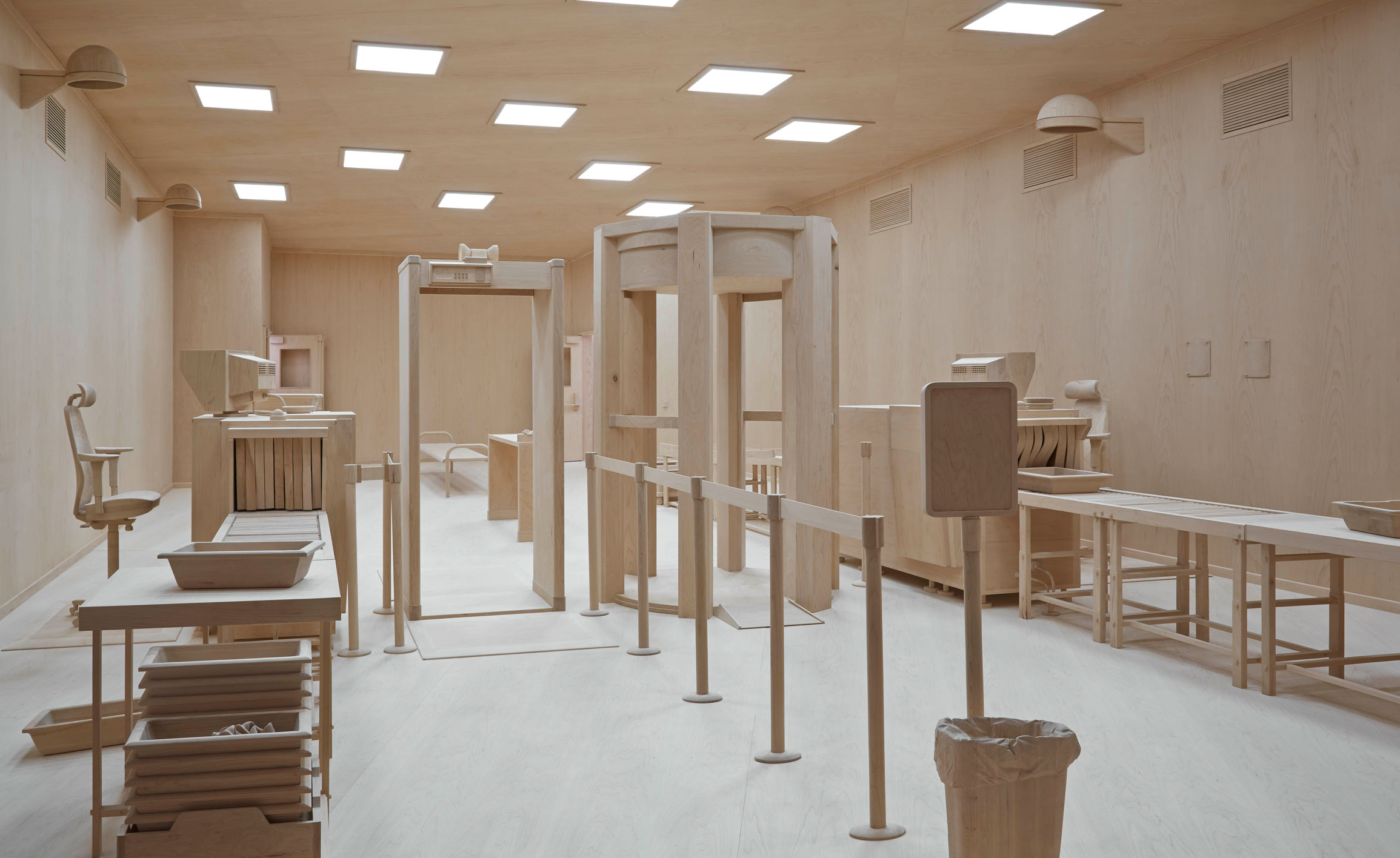
Paine's 'Checkpoint' installation is a near life-size replica of an airport security checkpoint, which the artist sees as representative of both banality and larger social anxieties
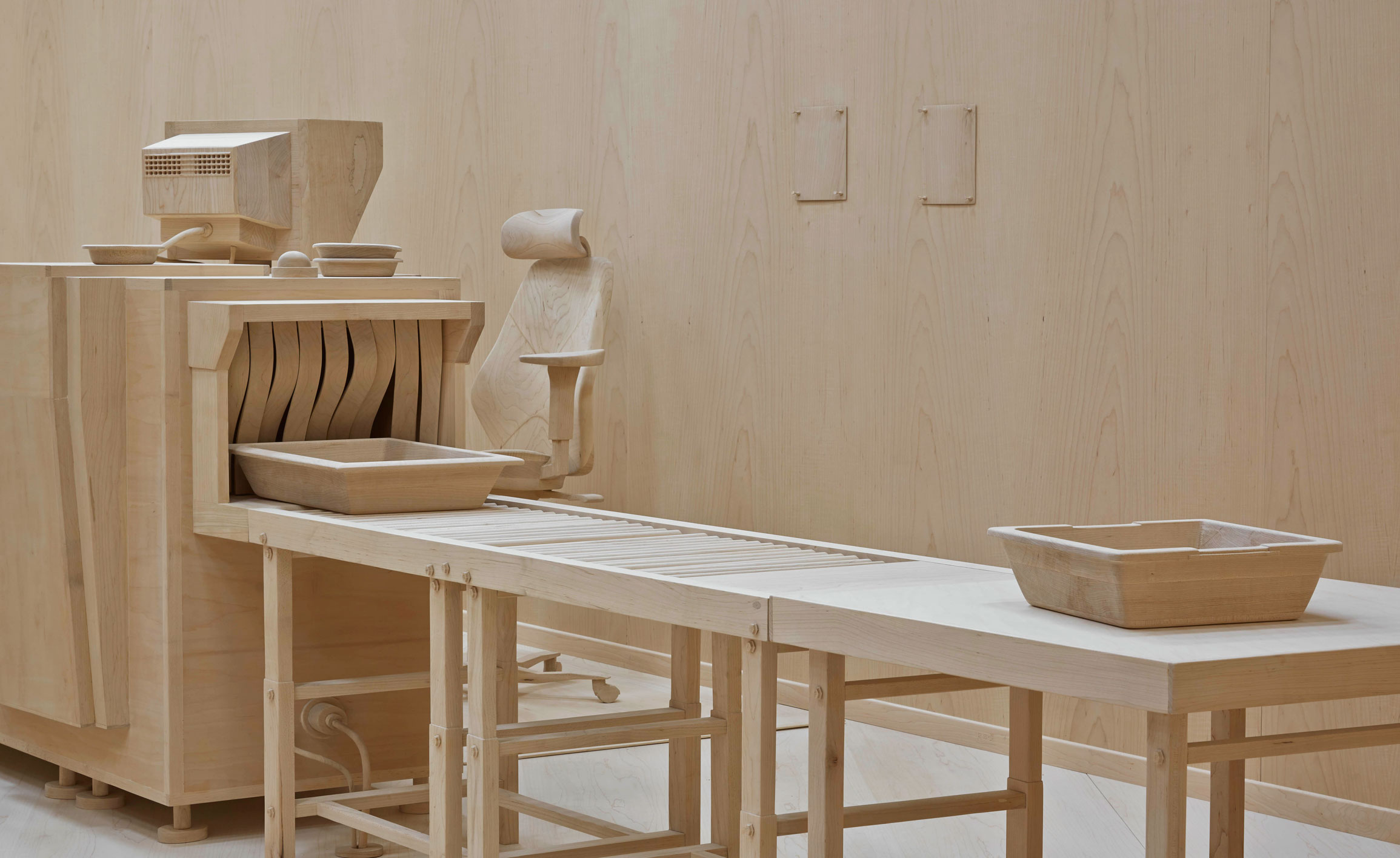
From the rubber flaps and rollers on the luggage conveyer belts to the ubiquitous office chairs that security personnel lounge on, everything has been created with impeccable verisimilitude
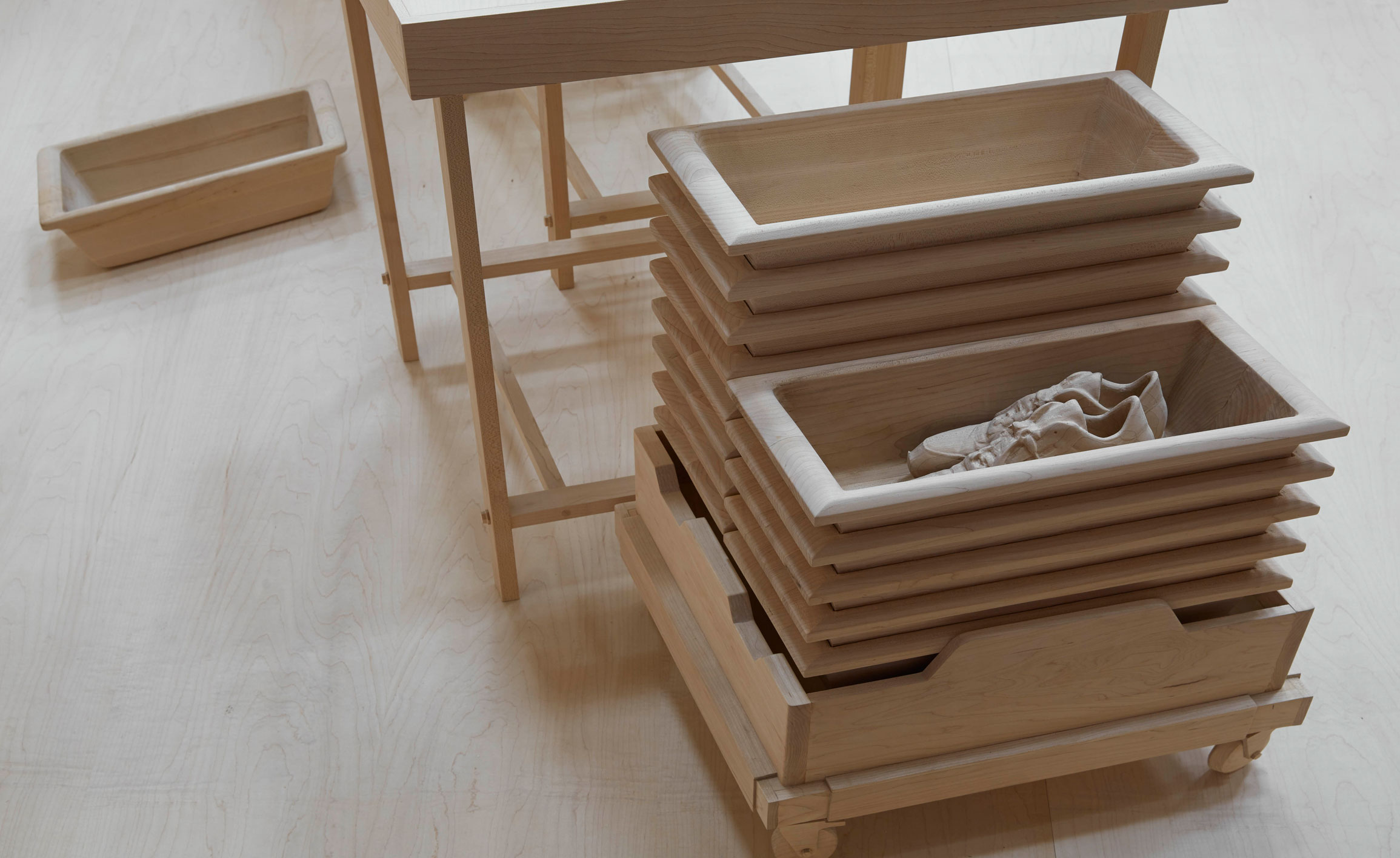
The familiar scene, which has been made entirely of maple wood and supported by an aluminium structure, is unbelievably detailed
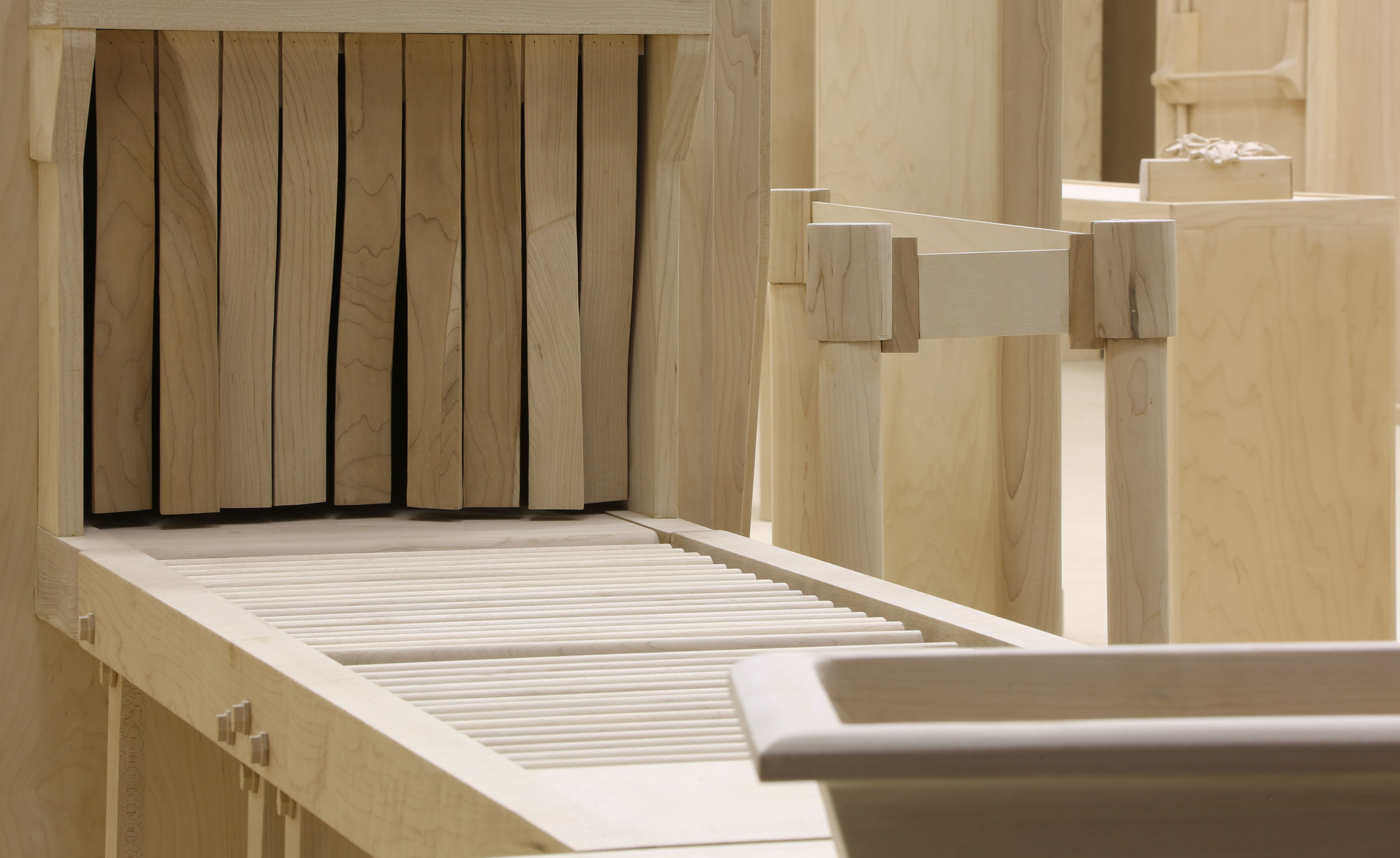
The visible wood grain and the soft, uniform hue add a further layer to the vista, decontextualising it from its mundane reality and allowing viewers to cerebrally examine a scene that is often scurried through as quickly as possible
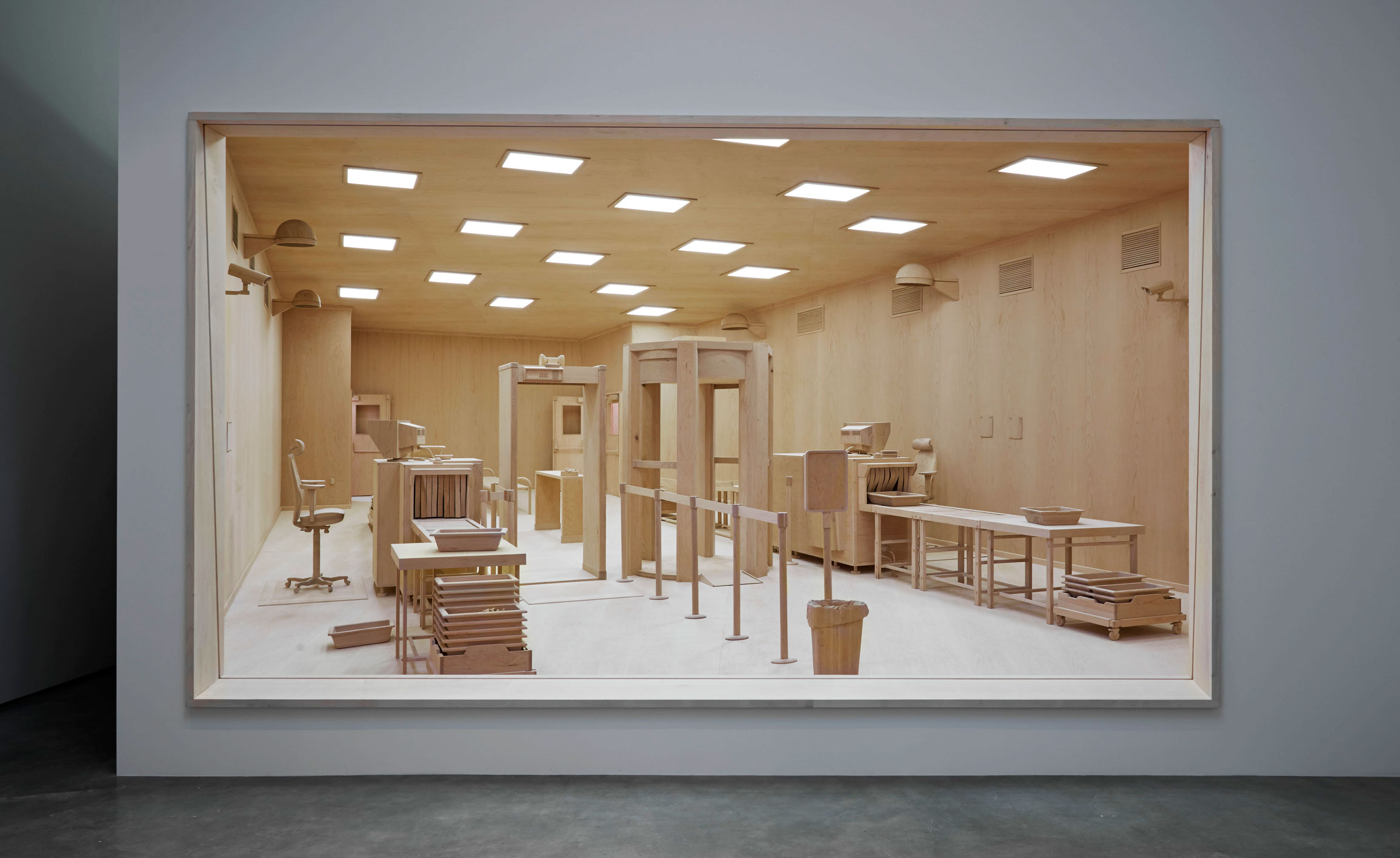
'Checkpoint' is part of Paine's ongoing Diorama series, all of which intentionally blur the boundaries of reality. 'The scenes exist in an uneasy balance between being an idealised shadow and hyper specificity,' he says
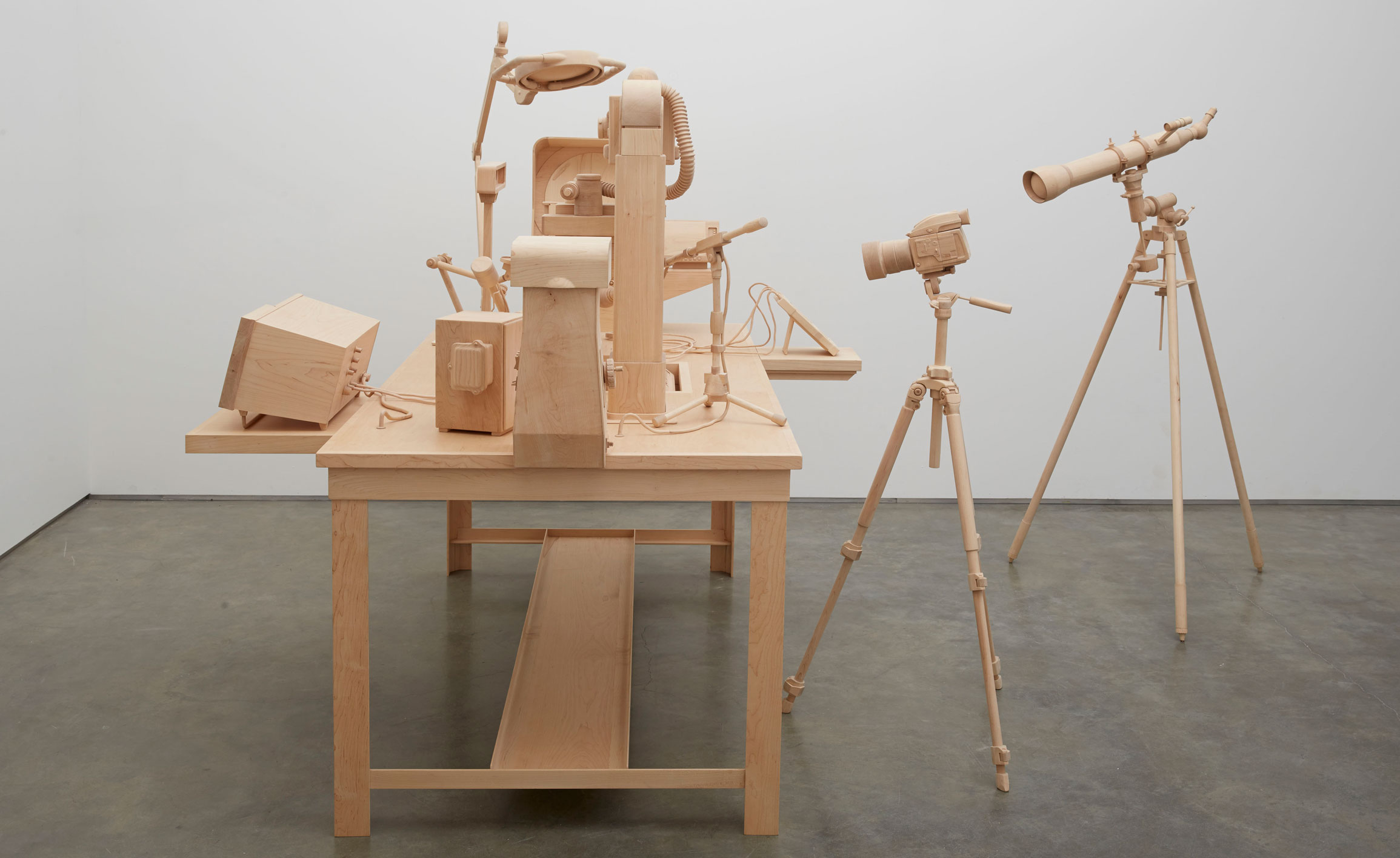
'Checkpoint' is featured alongside other wooden sculptures of mechanical objects that comment on labour and production. Pictured is 'Scrutiny', 2014
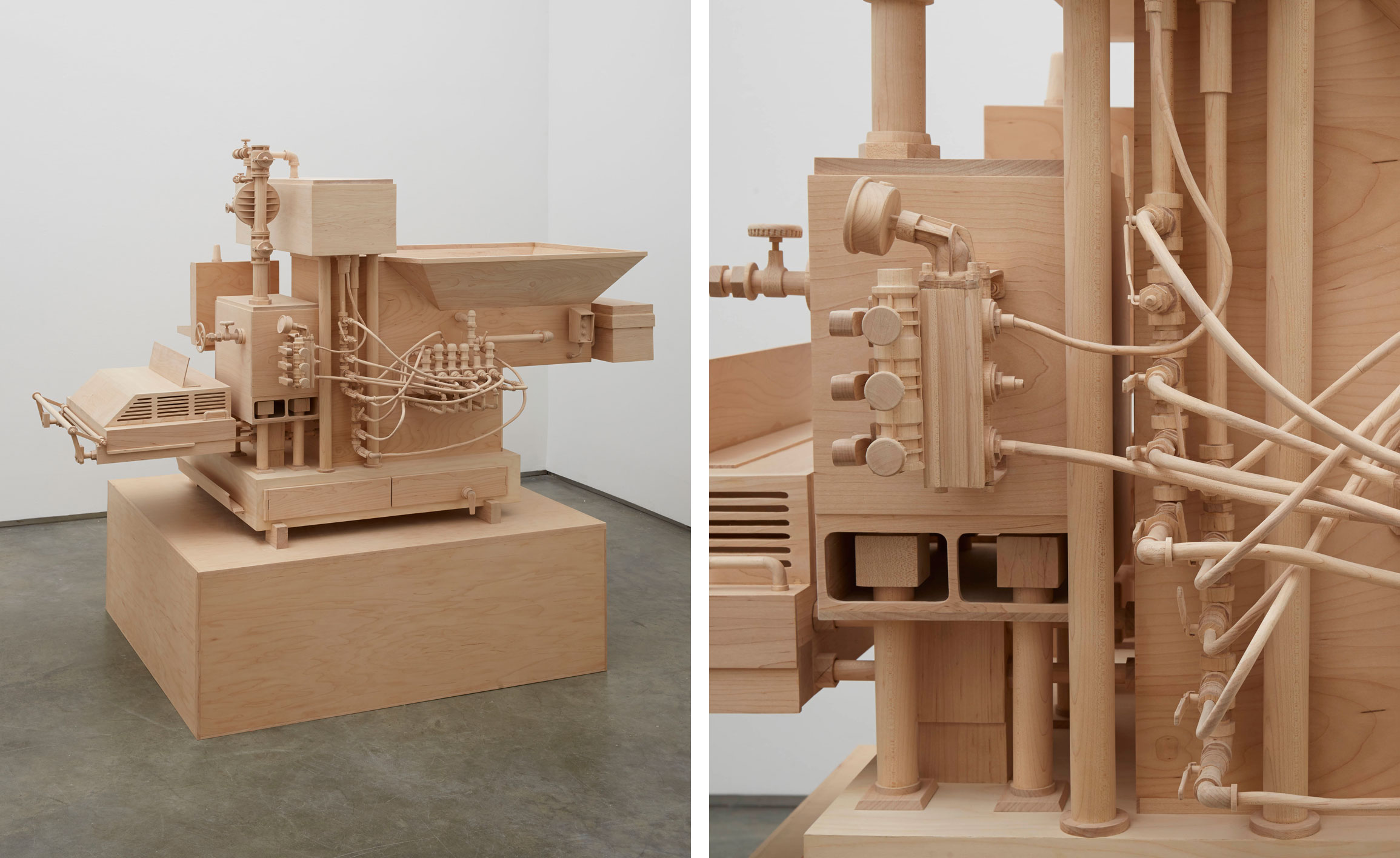
'Machine of Indeterminacy', 2014
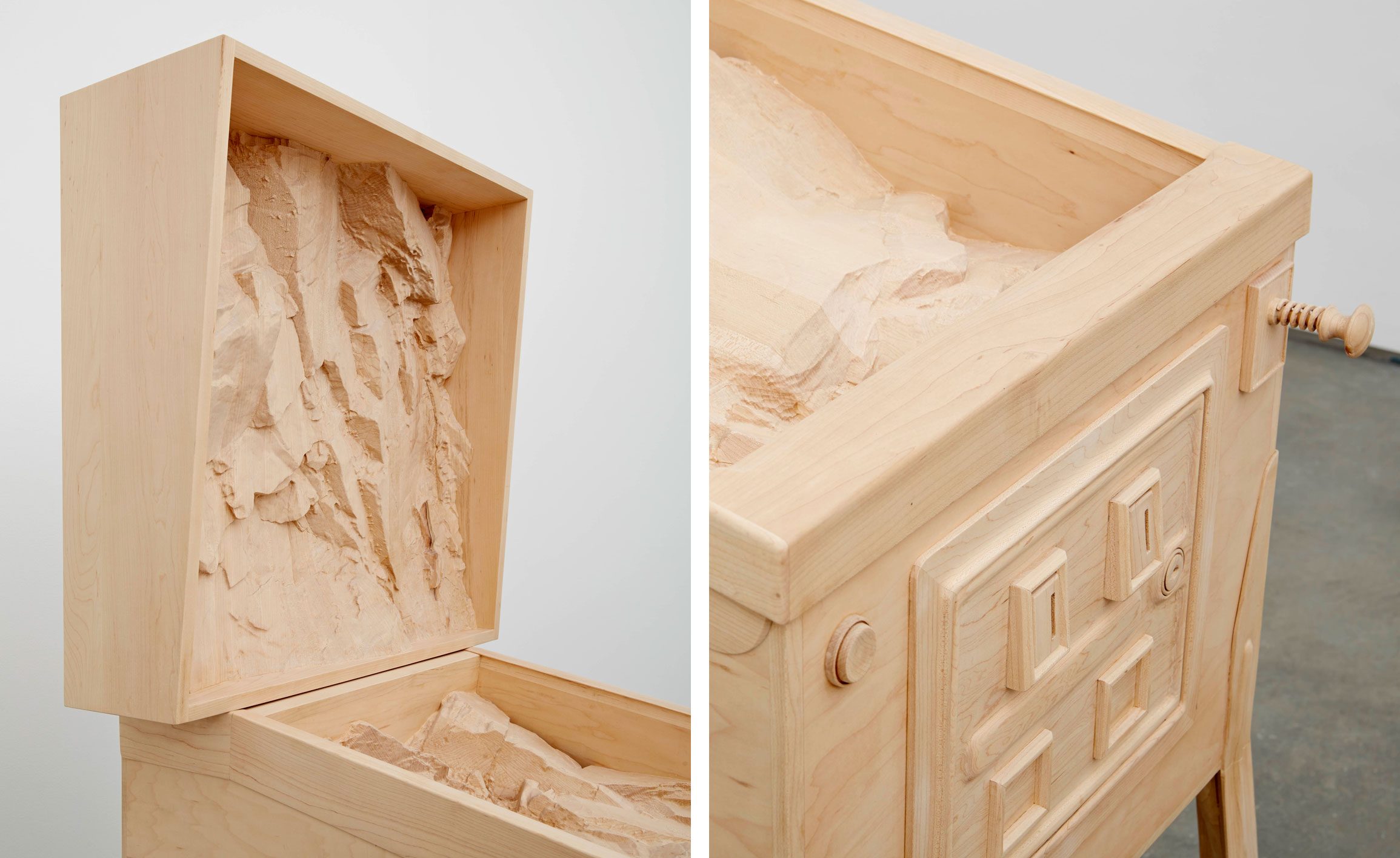
'Intrusion', 2014
ADDRESS
Marianne Boesky Gallery
509 West 24th Street
New York
Receive our daily digest of inspiration, escapism and design stories from around the world direct to your inbox.
Pei-Ru Keh is a former US Editor at Wallpaper*. Born and raised in Singapore, she has been a New Yorker since 2013. Pei-Ru held various titles at Wallpaper* between 2007 and 2023. She reports on design, tech, art, architecture, fashion, beauty and lifestyle happenings in the United States, both in print and digitally. Pei-Ru took a key role in championing diversity and representation within Wallpaper's content pillars, actively seeking out stories that reflect a wide range of perspectives. She lives in Brooklyn with her husband and two children, and is currently learning how to drive.
-
 A day in Ahmedabad – tour the Indian city’s captivating architecture
A day in Ahmedabad – tour the Indian city’s captivating architectureIndia’s Ahmedabad has a thriving architecture scene and a rich legacy; architect, writer and photographer Nipun Prabhakar shares his tips for the perfect tour
-
 You can now stay in one of Geoffrey Bawa’s most iconic urban designs
You can now stay in one of Geoffrey Bawa’s most iconic urban designsOnly true Bawa fans know about this intimate building, and it’s just opened as Colombo’s latest boutique hotel
-
 Pentagram’s identity for eVTOL brand Vertical Aerospace gives its future added lift
Pentagram’s identity for eVTOL brand Vertical Aerospace gives its future added liftAs Vertical Aerospace reveals Valo, a new air taxi for a faster, zero-emission future, the brand has turned to Pentagram to help shape its image for future customers
-
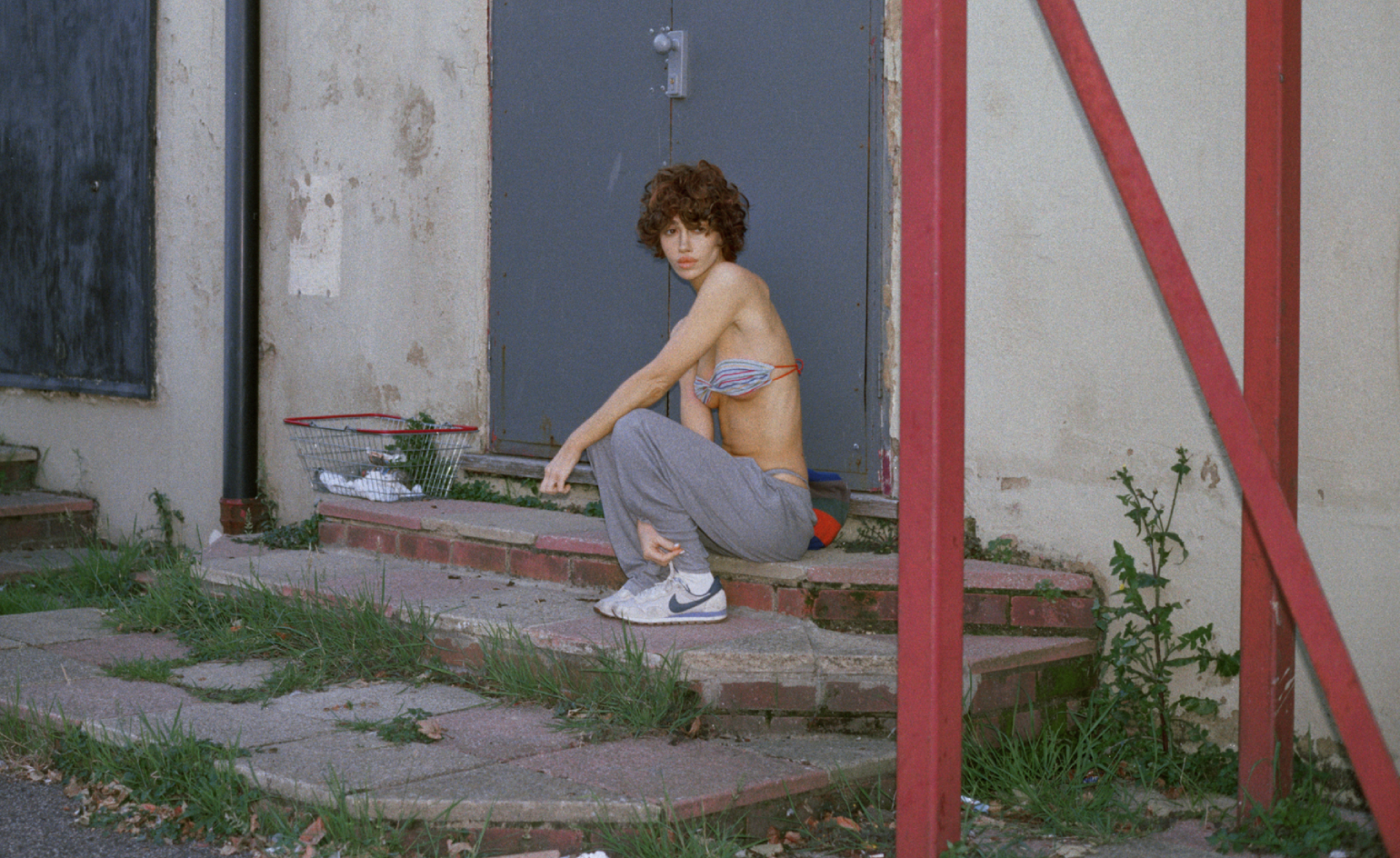 Nadia Lee Cohen distils a distant American memory into an unflinching new photo book
Nadia Lee Cohen distils a distant American memory into an unflinching new photo book‘Holy Ohio’ documents the British photographer and filmmaker’s personal journey as she reconnects with distant family and her earliest American memories
-
 Out of office: The Wallpaper* editors’ picks of the week
Out of office: The Wallpaper* editors’ picks of the weekIt’s been a week of escapism: daydreams of Ghana sparked by lively local projects, glimpses of Tokyo on nostalgic film rolls, and a charming foray into the heart of Christmas as the festive season kicks off in earnest
-
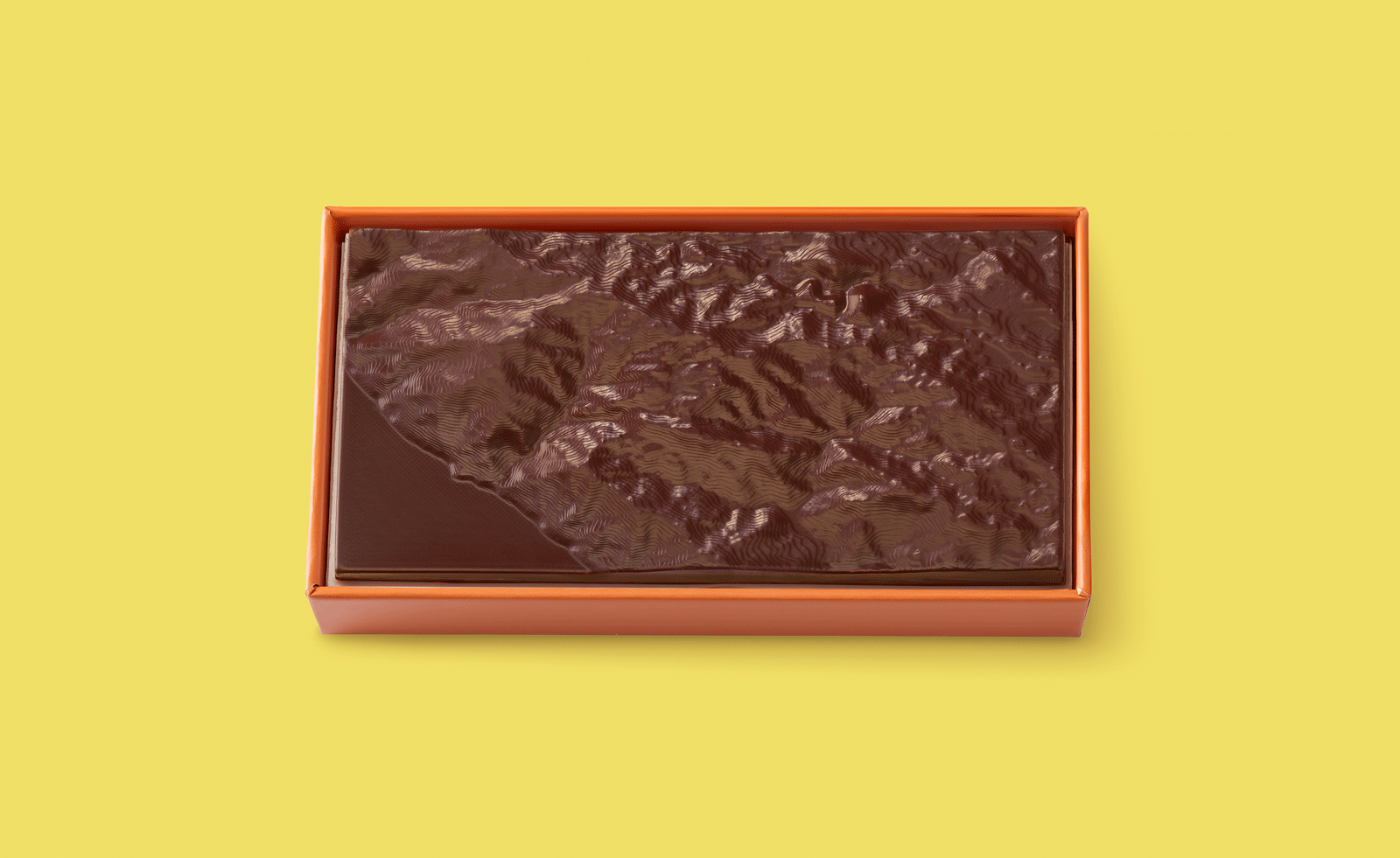 Ed Ruscha’s foray into chocolate is sweet, smart and very American
Ed Ruscha’s foray into chocolate is sweet, smart and very AmericanArt and chocolate combine deliciously in ‘Made in California’, a project from the artist with andSons Chocolatiers
-
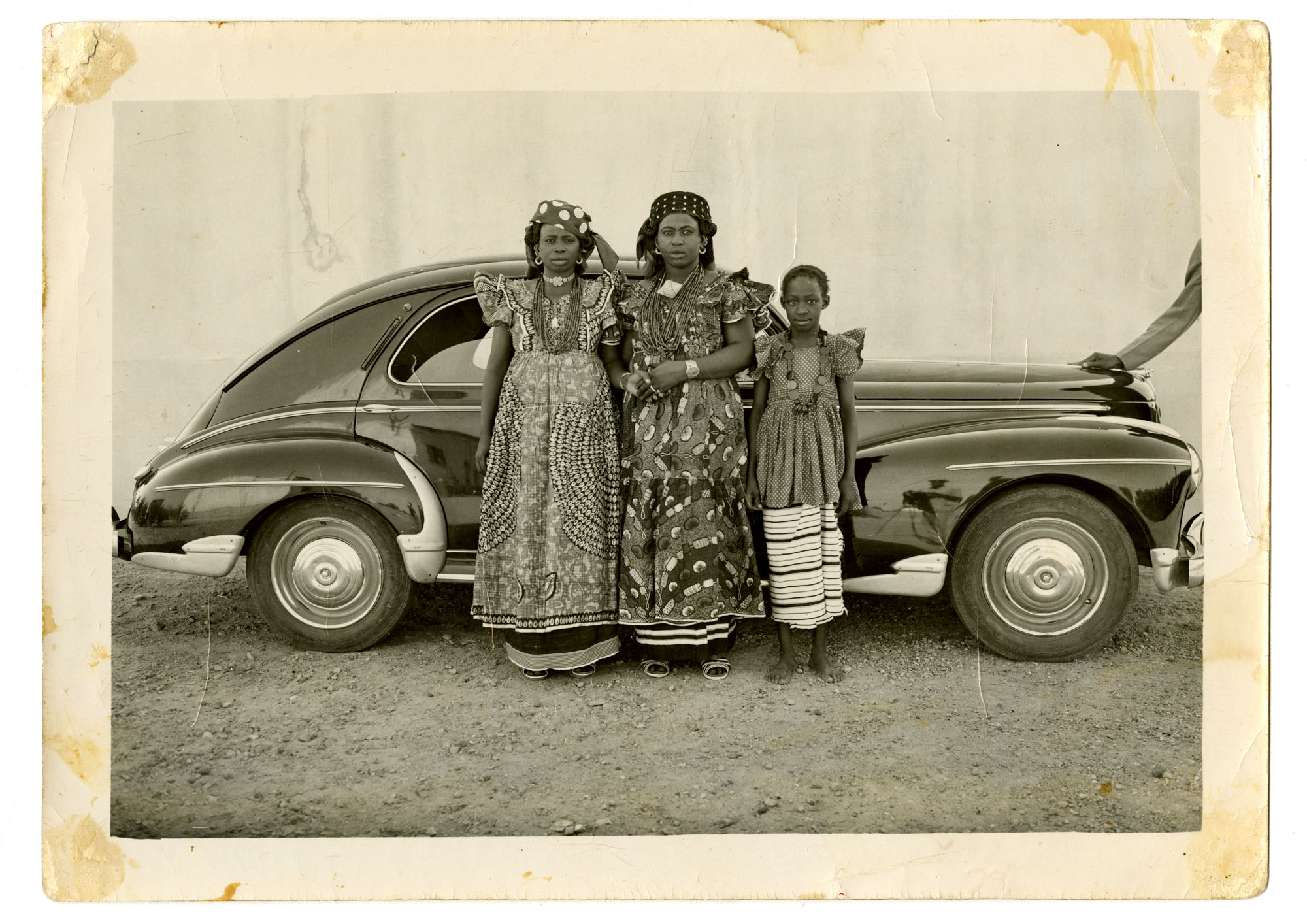 Inside the work of photographer Seydou Keïta, who captured portraits across West Africa
Inside the work of photographer Seydou Keïta, who captured portraits across West Africa‘Seydou Keïta: A Tactile Lens’, an exhibition at the Brooklyn Museum, New York, celebrates the 20th-century photographer
-
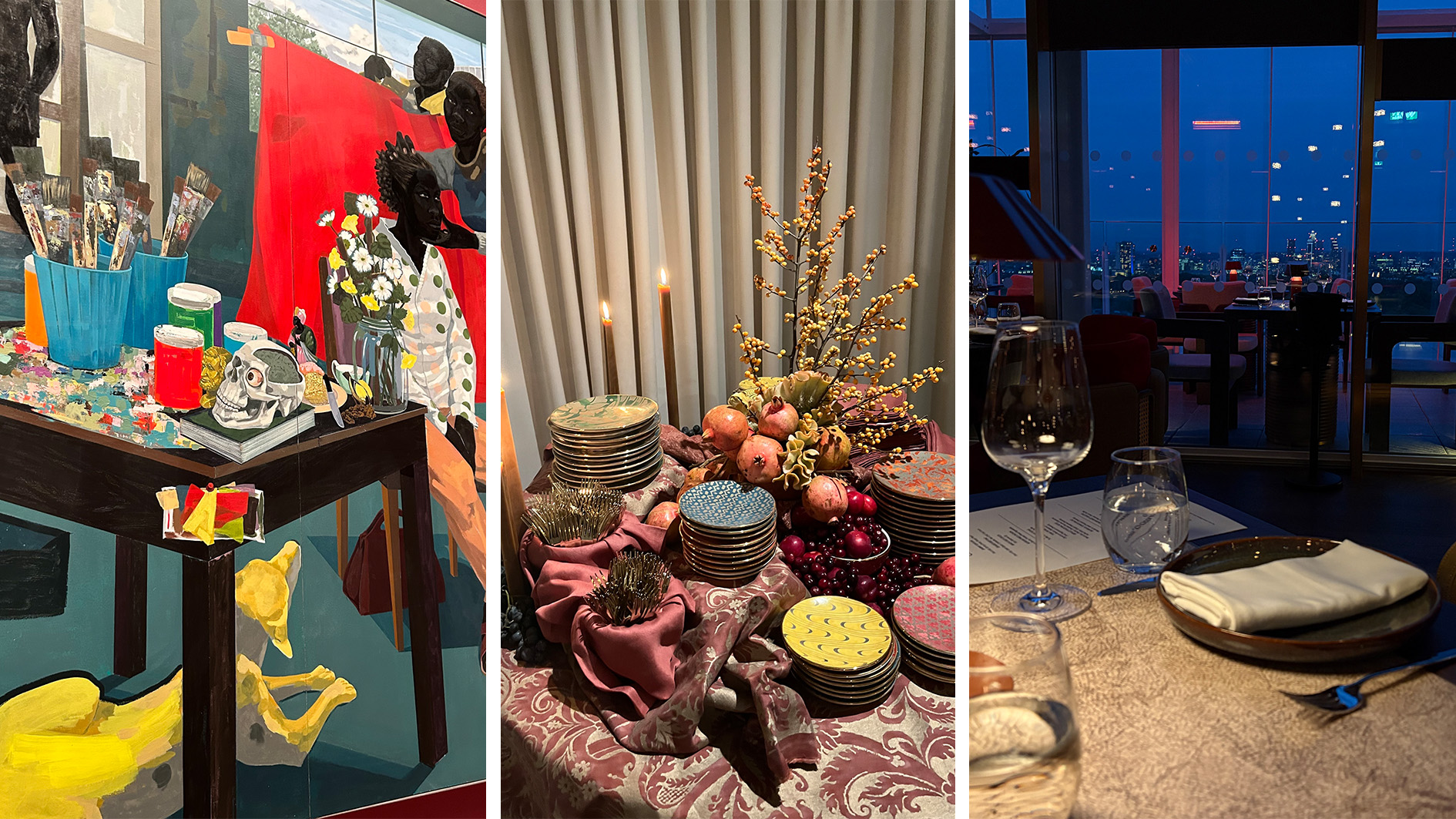 Out of office: The Wallpaper* editors’ picks of the week
Out of office: The Wallpaper* editors’ picks of the weekFrom sumo wrestling to Singaporean fare, medieval manuscripts to magnetic exhibitions, the Wallpaper* team have traversed the length and breadth of culture in the capital this week
-
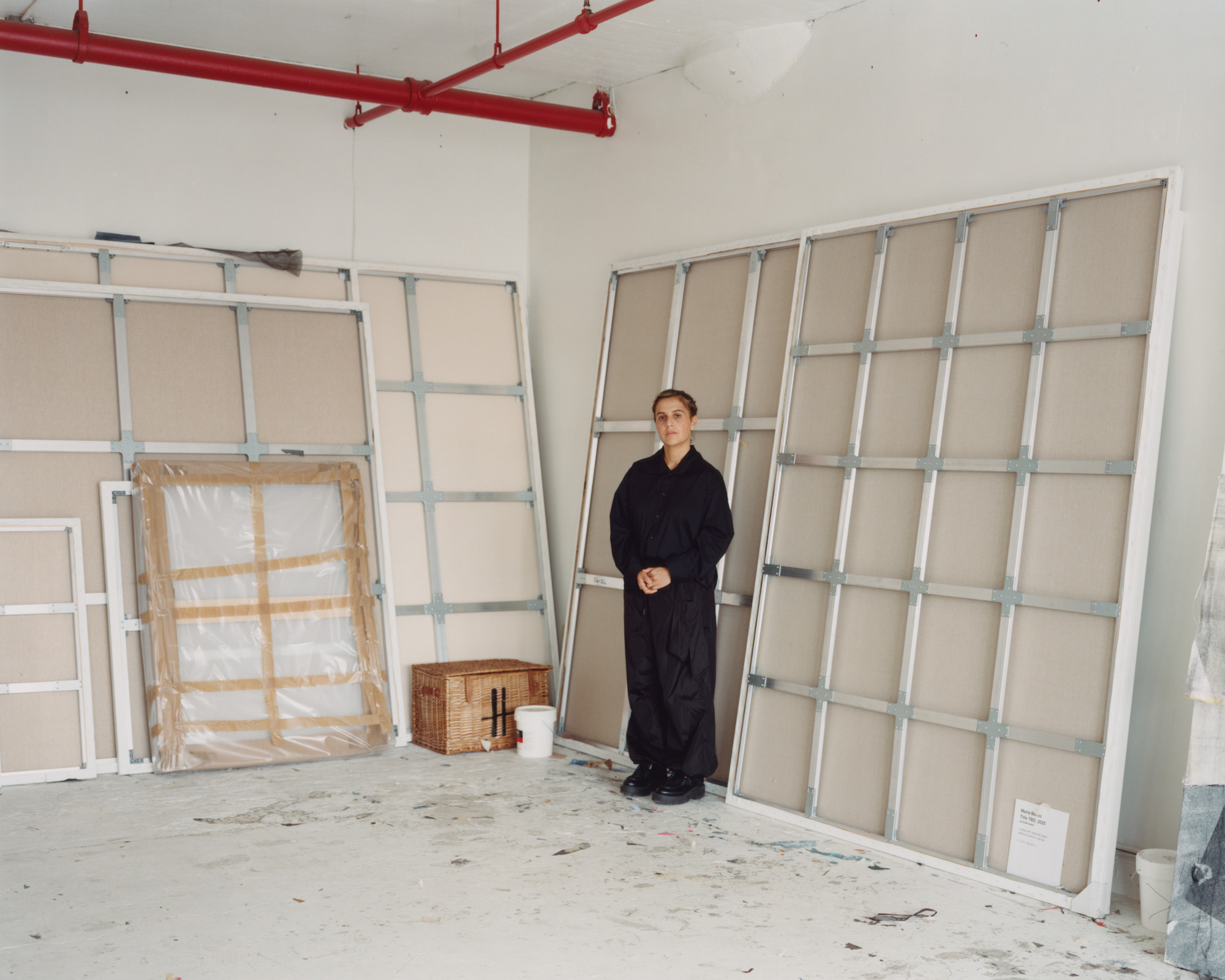 María Berrío creates fantastical worlds from Japanese-paper collages in New York
María Berrío creates fantastical worlds from Japanese-paper collages in New YorkNew York-based Colombian artist María Berrío explores a love of folklore and myth in delicate and colourful works on paper
-
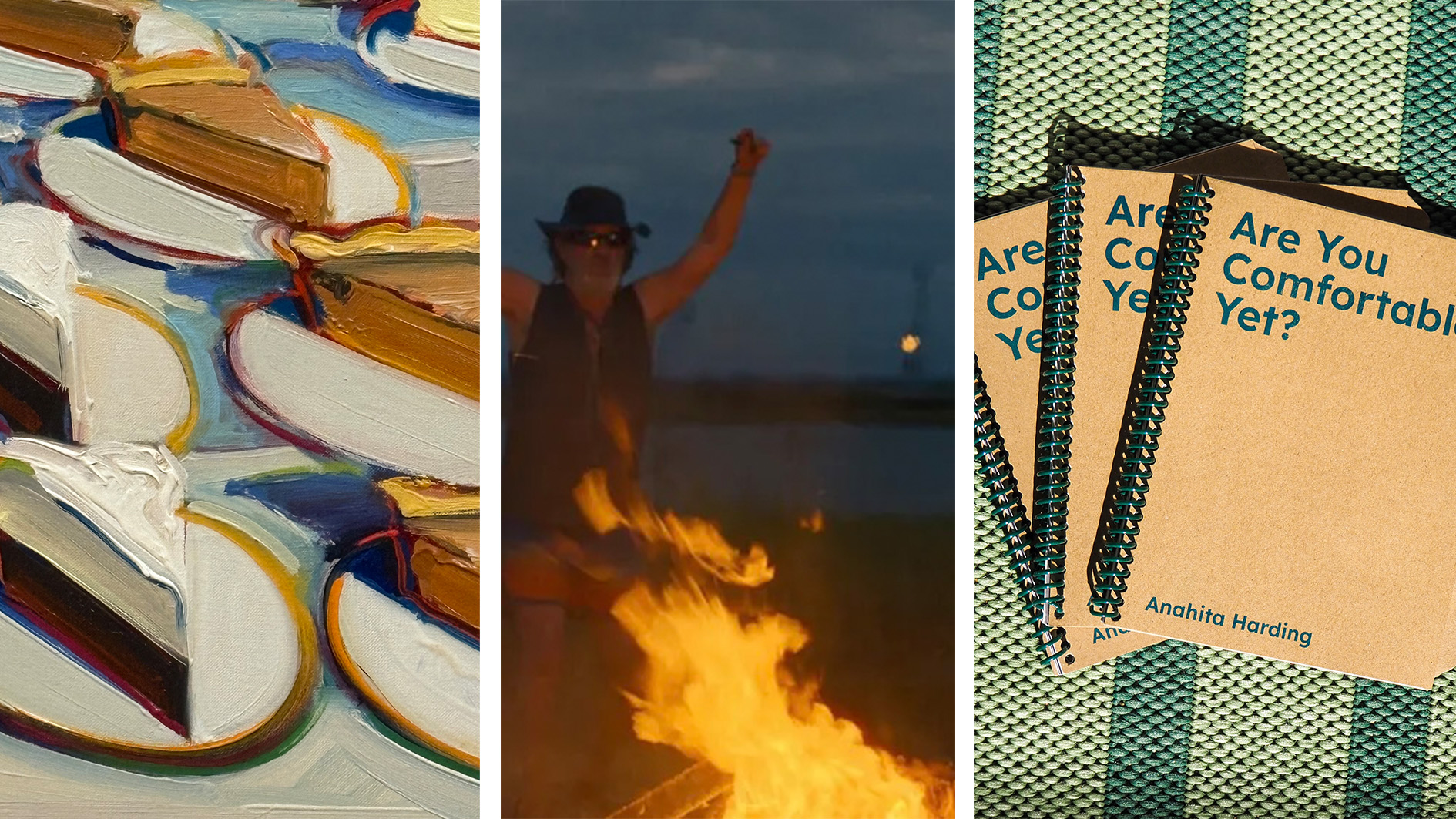 Out of office: the Wallpaper* editors’ picks of the week
Out of office: the Wallpaper* editors’ picks of the weekAs we approach Frieze, our editors have been trawling the capital's galleries. Elsewhere: a 'Wineglass' marathon, a must-see film, and a visit to a science museum
-
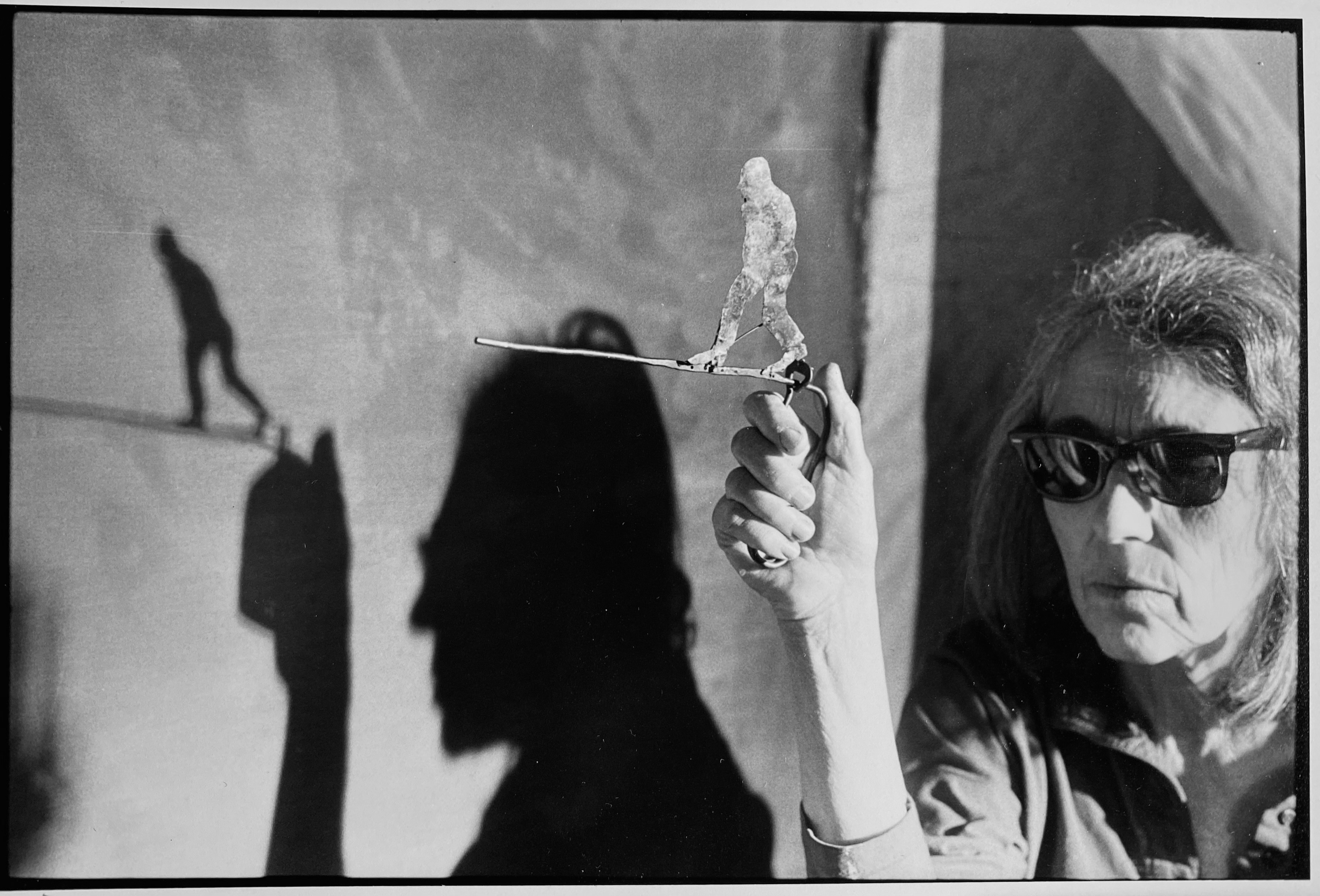 June Leaf’s New York survey captures a life in motion
June Leaf’s New York survey captures a life in motionJune Leaf made art in many forms for over seven decades, with an unstoppable energy and fierce appetite leading her to rationalise life in her own terms.